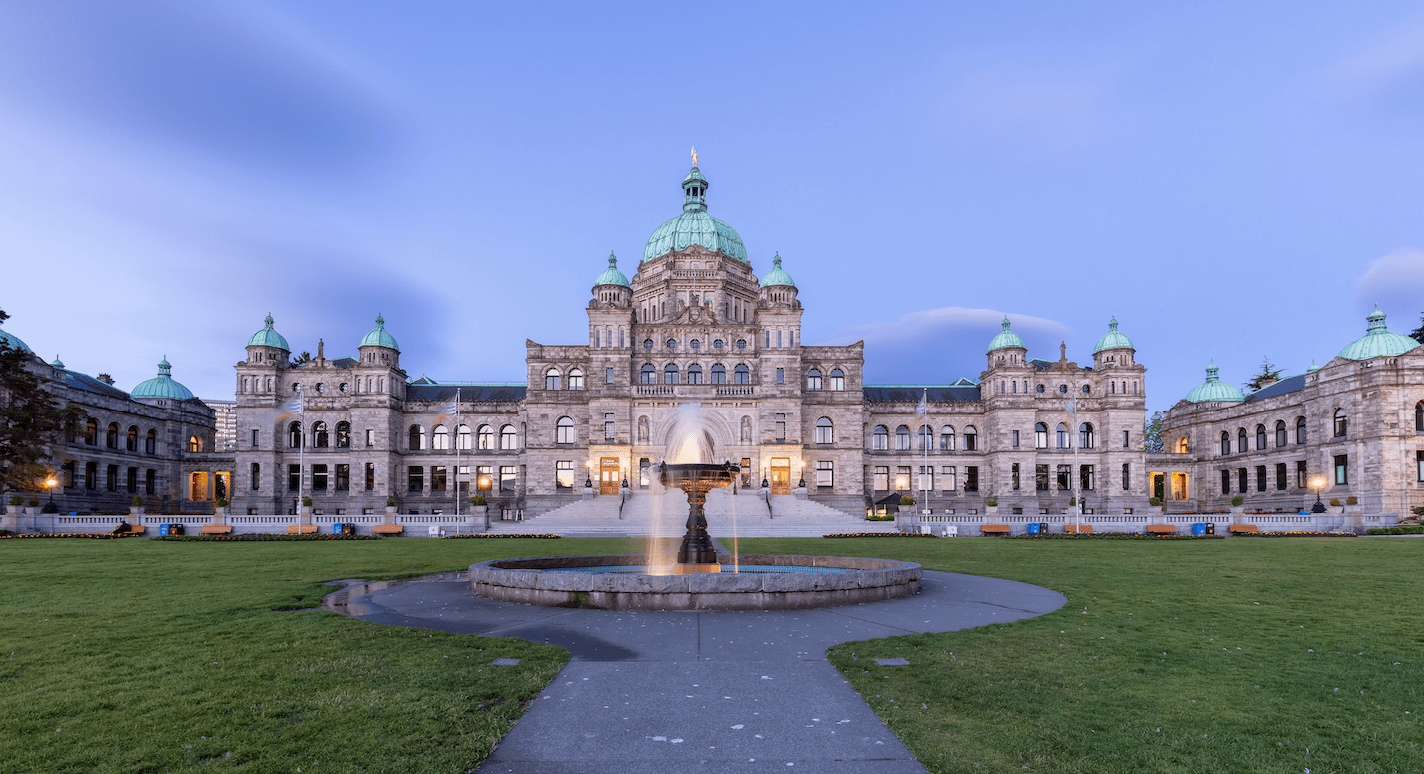
BLAIR QUALEY
BRITISH COLUMBIA – Canada’s transition to zero emission vehicles (ZEVs) is one broadly supported by the provincial and federal government to reach their collective climate reduction targets – but the road ahead is paved with significant investment and policy challenges.
A recent study by Natural Resources Canada suggests it may cost more than $300 billion by 2040 to address a broad range of requirements, including the expansion of charging infrastructure, upgrades to the electrical grid, and other essential changes.
The NCDA has long advocated for a comprehensive plan to guide development of fast charging infrastructure as a crucial component of EV adoption.
BC’s Zero Emission Vehicles Act requires automakers to meet an escalating annual percentage of ZEV sales – starting with a minimum of 26% by 2026, 90% by 2030, and 100% by 2035. Research and polling results underline suggest the lack of a comprehensive fast charging network is a major deterrent for potential EV buyers, a sentiment echoed by 72% of consumers in an Autotrader Canada survey from earlier this year.
Canada currently has about 32,000 public charging ports, but to meet future demands, the NRC report suggests the country will need to install an average of 40,000 public charging ports annually until 2040 — this is a significant increase, considering about 11,000 ports were added in 2023.
The Canadian Vehicle Manufacturers’ Association, however, has expressed skepticism about the feasibility of installing 40,000 charging ports per year, suggesting that 10,000 per year is more realistic.
In this province, BC Hydro is also working towards expanding its network of public chargers, having recently announced plans to add 3,000 more charging ports over the next decade, with a focus on DC fast chargers and level 2 chargers (at select locations).
Of course, any comprehensive plan to substantially increase access to charging infrastructure also requires a predictable and reliable power supply – and this begs some serious questions.
The Energy Futures Institute points to a Metro Vancouver Regional District report from 2023 that suggests the Lower Mainland alone will require 50,000 to 100,000 public chargers to meet the increase in electric vehicle ownership outlined in the CleanBC climate change plan. At the same time, last year, BC had to import 20% of its electricity from Alberta and the USA and the Site C Dam, set to come online by early 2025, will generate approximately half of the electricity required to overcome BC’s electricity production shortfall last year.
Canada’s EV transition is a complex and costly endeavor, but it is also a crucial step towards a sustainable future. The NCDA has and will continue to advocate for the necessary infrastructure and energy solutions to support this transition, ensuring that both urban and rural communities can benefit from the shift to electric vehicles. By addressing these challenges head-on, Canada can pave the way for a greener, more sustainable future for our roads and vehicles.
Blair Qualey is President and CEO of the New Car Dealers Association of BC.

